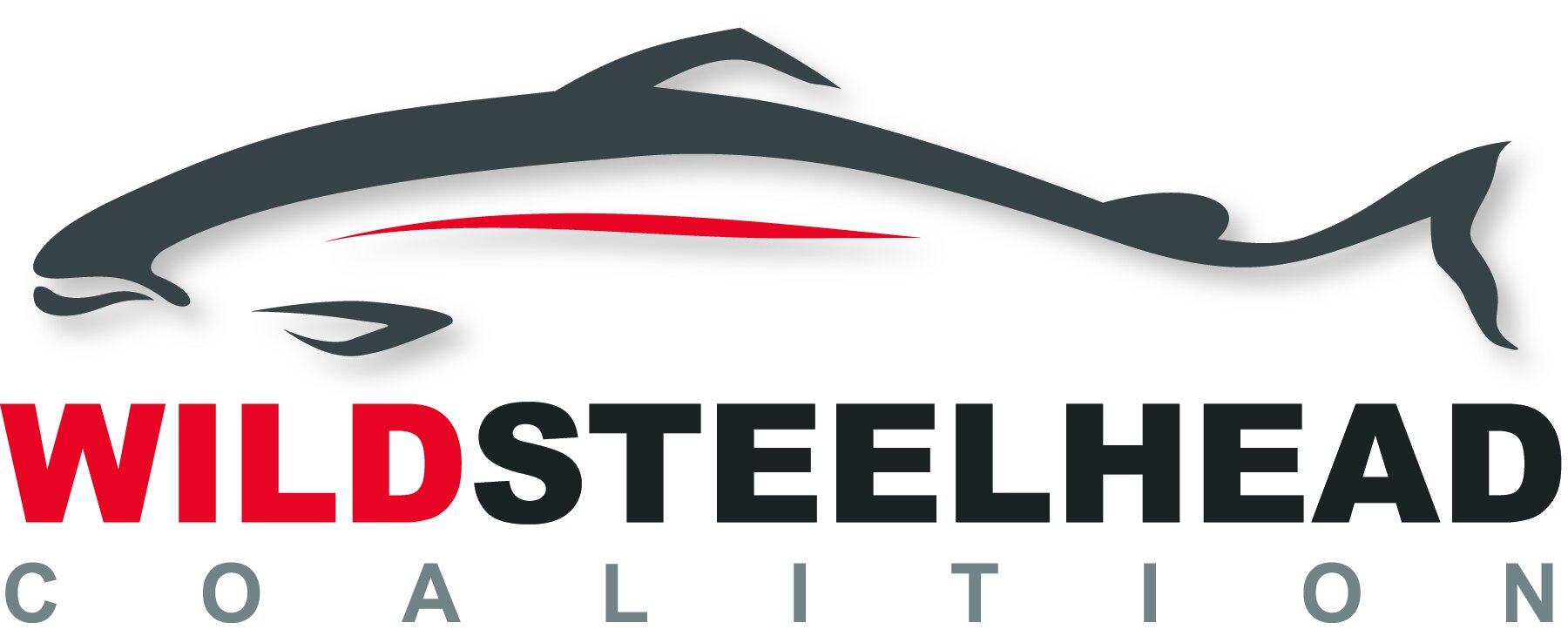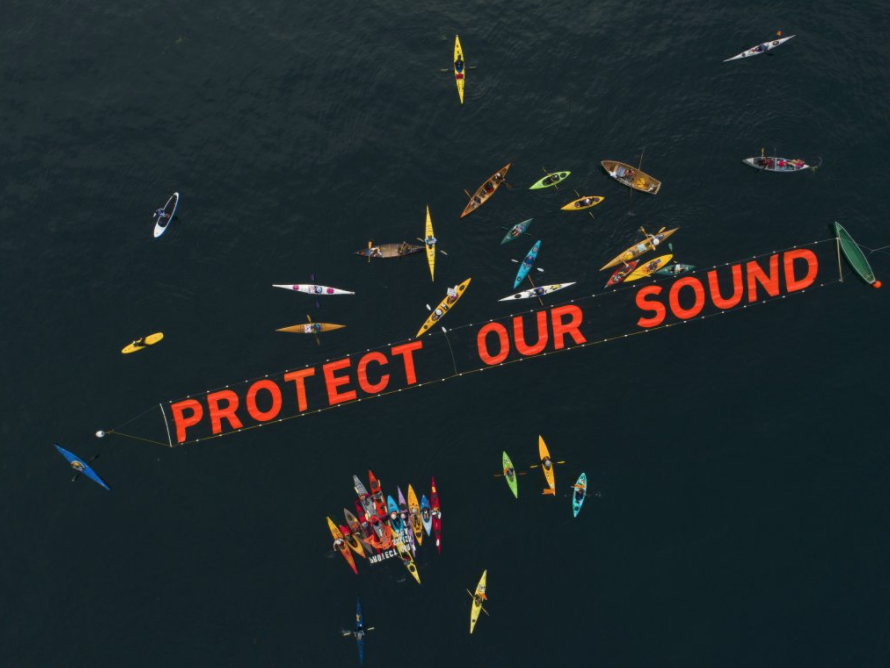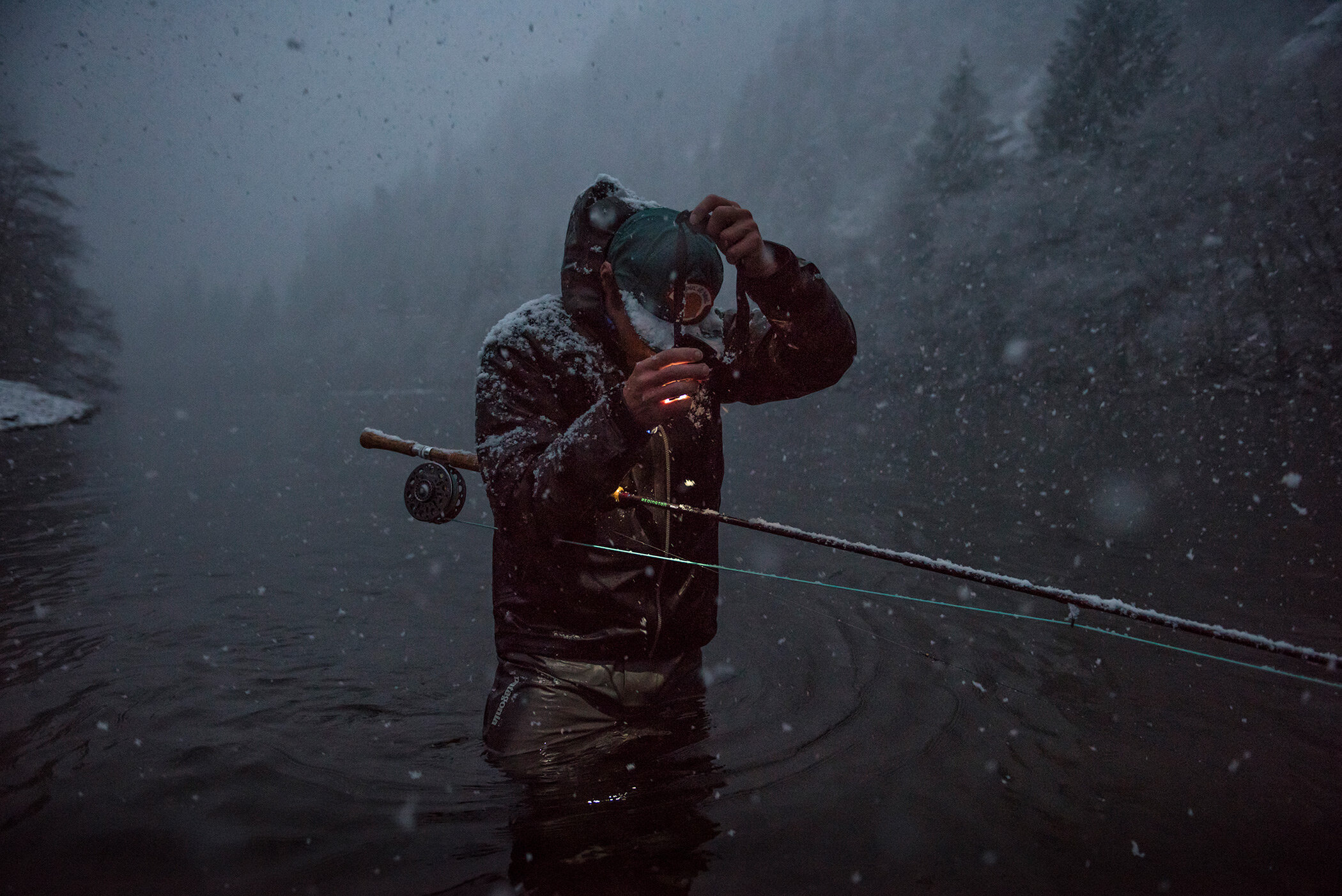
Priority Issues
The extensive range of wild steelhead and the litany of threats they face means we are working on countless fronts to protect and restore wild steelhead. However, the following are priorities issues where the Wild Steelhead Coalition is investing substantial time and resources to ensure a brighter future for wild steelhead in key watersheds.
(click on a Box below for a particular issue or scroll Down to see all priority Issues)
Chehalis River
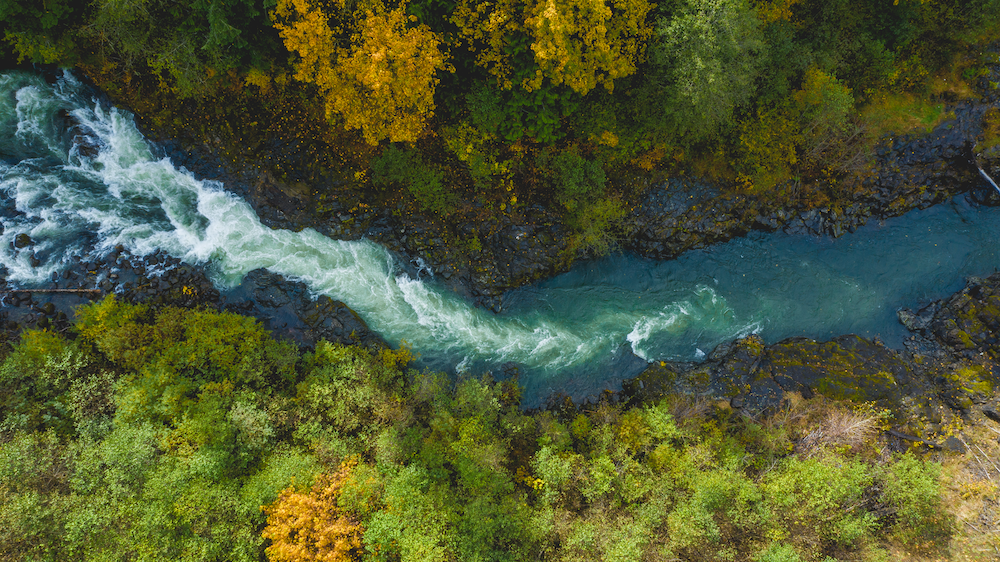
The Chehalis River
While the Chehalis River lacks the fame and notoriety of Washington’s more iconic rivers like the Skagit and Hoh, most years the Chehalis boasts a run of wild steelhead larger than any river in Washington state. As recently as 2004, the Chehalis had 19,000 wild winter steelhead return to its waters. But much like many of its sister steelhead rivers, the Chehalis has been experiencing a steady decline of returning steelhead in recent years. In fact, 2020 was the fourth year in a row - and the ninth in the last fifteen years - that the wild steelhead run has failed to meet escapement, which led to the fishery being shuttered this spring.
We have the opportunity to reverse this decline by investing in important habitat restoration in a basin that has been marred by decades of destructive logging practices, farming operations, and flood control measures that have severely altered the natural operations of this dynamic ecosystem. That said, before we bring out the shovels, we must first roll up our sleeves and beat back a dangerous flood mitigation dam being proposed in the upper Chehalis watershed.
The proposed Chehalis dam is intended to mitigate major flood events that have become more frequent and destructive in this historically flood-prone basin. However, the draft environmental review of the dam makes it abundantly clear that the dam will not adequately address flooding problems and will further endanger struggling steelhead and salmon. In fact, the review demonstrated that the proposed dam would cause irreparable harm to the basin’s entire ecosystem, push the Chehalis's spring Chinook salmon population to the brink of extinction, and further decimate the basin's struggling steelhead population.
As a result of this review and pressure from concerned citizens, Washington’s governor recently stepped in and directed state agencies to cease planning efforts for the proposed Chehalis River dam and instead develop a basin-wide, non-dam alternative to flood reduction. This announcement is a big victory for wild steelhead and a substantial step forward in the longstanding effort to effectively mitigate flood damage and recover struggling wild fish populations in the Chehalis Basin.
Despite this positive development, the fight to defeat this dam and create a better future for the Chehalis’s communities and wild fish is not over. This proposed dam is far from dead, and merely stopping this dam is not enough. The Chehalis Basin needs a comprehensive strategy for addressing both severe flooding and dramatic salmonid declines, and the state needs the funding to implement this strategy.
To that end, the Wild Steelhead Coalition is working tirelessly to stop this destructive dam and is advocating for a sizable investment in salmonid recovery as well as flood mitigation. As members of the Chehalis River Alliance, we are also working with the Chehalis Basin Board to assemble, in partnership with stakeholders, local action alternatives that accomplish the dual goal of reducing flood impacts and restoring aquatic ecosystems.
Learn more about The Effort to Protect the Chehalis River and Its Wild Steelhead
Puget Sound Net Pens
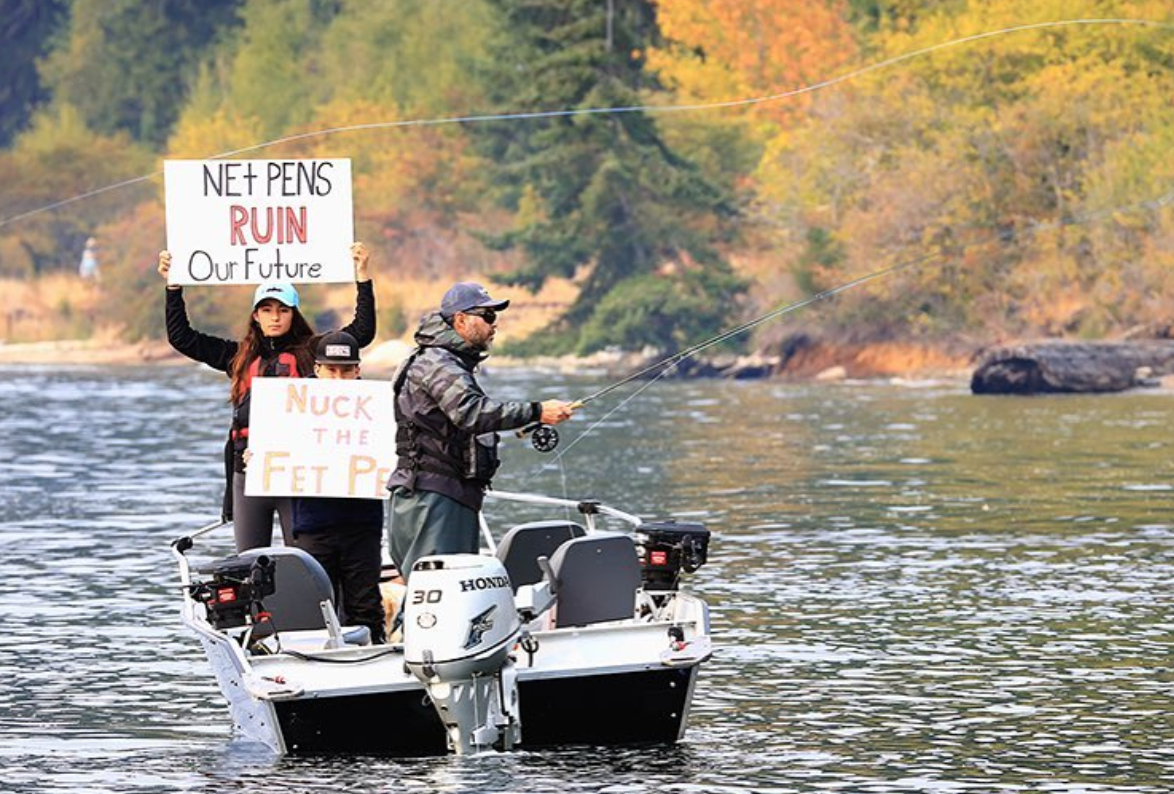
Puget Sound Net Pens
In August of 2017, Cooke Aquaculture’s Cypress Island Net Pen operation collapsed and more than 300,000 farmed Atlantic salmon escaped into Puget Sound. This escape was one of the largest environmental disasters in Washington’s recent history, and for months following the breach Atlantic salmon were being caught by recreational anglers as far north as British Columbia and 40 miles up the Skagit River.
In the aftermath of this environmental disaster, Governor Inslee signed HB 2957 into law, a bill banning non-native finfish farming in Washington’s waters. Considering that California, Oregon, and Alaska had long ago banned these destructive net pens from operating in their marine waters, Washington’s decision to outlaw Atlantic salmon farming was a long-overdue step. However, the law left a small loophole open that Cooke Aquaculture is now trying to drive a mack truck through.
Currently, Cooke is in the process of trying to transition their existing Atlantic salmon net pens to farmed triploid rainbow trout (steelhead), and they have unfortunately already received approval from the Washington Department of Fish & Wildlife. The Wild Steelhead Coalition is deeply concerned about this effort and is working with our partners in the fishing, conservation, and tribal communities to convince state agencies and elected officials to deny Cooke’s application.
Steelhead net pens could have major repercussions on Washington’s wild steelhead populations. Not only would these net pens be a massive source of pollution and have the potential to spread deadly diseases and viruses to wild fish, but escaped farmed fish could interbreed with wild steelhead stocks and dilute the genetic pool. While the project calls for the use of triploid (sterile) steelhead, this sterilization is not 100 percent successful, making the risk of interbreeding possible in the event of a spill.
Puget Sound’s wild steelhead, which are in such dire shape that they are protected under the Endangered Species Act, are far too important to Washington’s people, economy, and ecosystems to risk by approving these dangerous steelhead net pens. Additionally, considering Cooke’s horrible environmental record in Washington and their history of dishonesty with the public and regulatory agencies, it is bewildering that the state might permit Cooke to transition their destructive Atlantic salmon net pens into even more perilous steelhead net pens.
Learn more about the Campaign to Protect Puget sound from net pens
Free the Snake
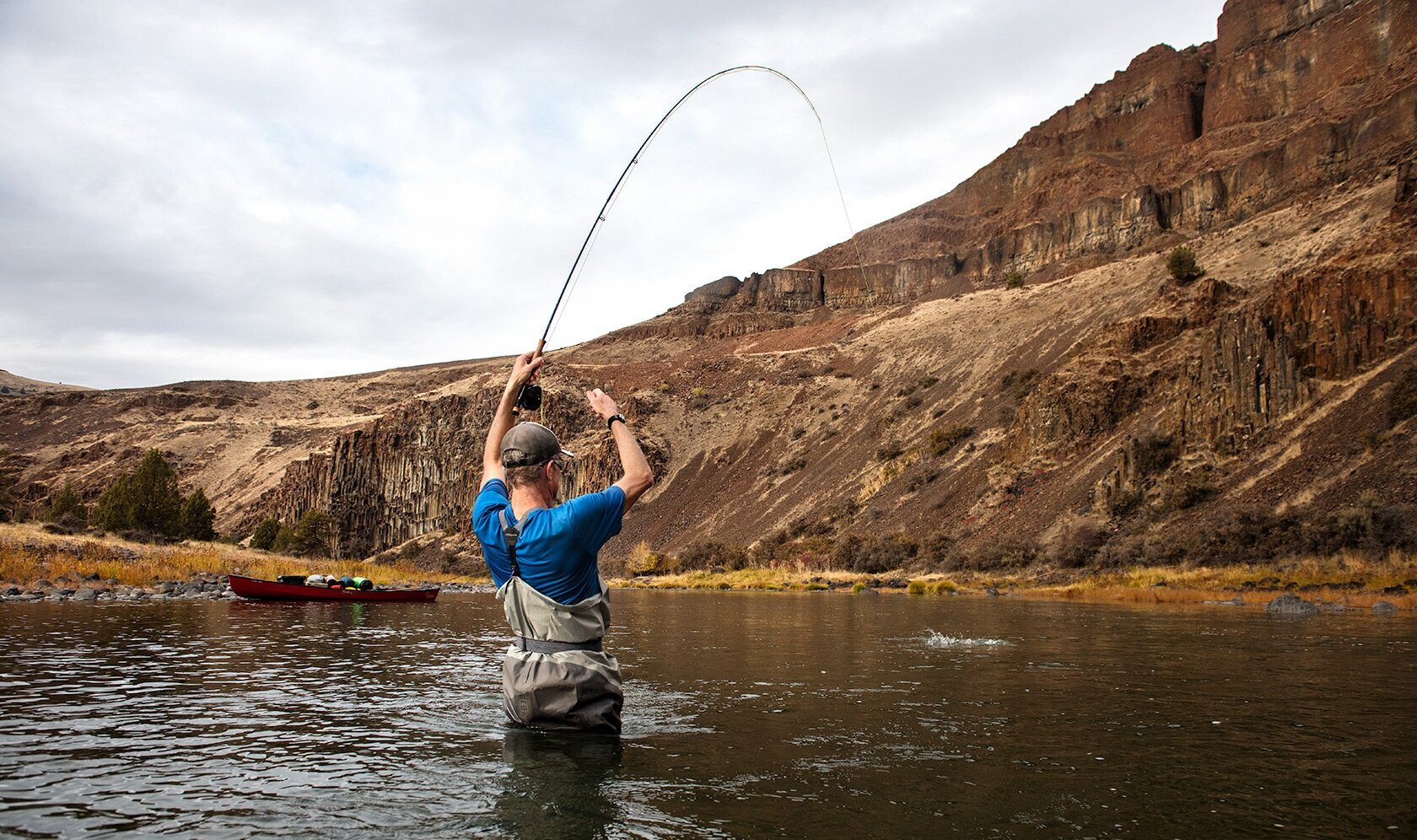
Free the Snake
The Snake River was once the lifeblood of incredible runs of wild steelhead. Renowned for their size and the resilience they demonstrated on their arduous migration, Snake River wild steelhead made their namesake and tributary rivers like the Clearwater, Grande Ronde, and Salmon hallowed waters. Tragically, these once prolific runs of steelhead are now a fraction of what they once were. While there are many reasons for this decline, the four lower Snake River dams - Lower Granite, Little Goose, Lower Monumental and Ice Harbor - are undoubtedly the number one culprit.
The loss of Snake River wild steelhead has been dramatic and precipitous. In 1962, prior to the construction of the four lower Snake River dams, more than 43,000 wild B-run steelhead were counted crossing a small dam on the Clearwater River, just a few miles upstream of the river’s confluence with the Snake. In 2017-2018, the B-run on the Clearwater totaled fewer than 400 fish, a decline of roughly 99 percent. Unfortunately, this level of dramatic decline is not an aberration as other Snake River tributaries such as Washington’s Grande Ronde River, Oregon’s Imnaha River, and Idaho’s Salmon River have experienced similar declines.
Making matters worse, not only are the lower Snake River dams largely responsible for this wild steelhead collapse, they also provide very little societal benefit. While many dams provide substantial value in the form of energy production, flood control, and irrigation, the lower Snake River dams were built primarily for barging transportation and only generate minimal energy and irrigation value. Even back in the 1960s, the cost-benefit analysis of the proposed dams was controversial. And now in 2020, the benefits of the dams are even more suspect as freight volumes on the lower Snake have declined 69 percent over the last twenty years. As a result, the Army Corps of Engineers, which built the dams, currently categorizes the lower Snake River waterway as “a waterway of negligible use”.
The lower Snake River dams have been largely denounced by the public since day one, and the movement to breach these days grows stronger by the day. It is widely recognized that removing these dams poses the best opportunity for recovering wild steelhead and salmon in the Snake River watershed, especially since efforts to mitigate the dams’ impacts on wild fish have failed miserably. Over the last two decades, the government has spent more than $16 billion trying to mitigate the dams’ impact on wild steelhead and salmon, but not a single endangered population in this watershed has been recovered. Additionally, five consecutive federal salmon plans have been ruled inadequate and illegal by three different judges. These failed efforts make it increasingly clear that the only path to recovery is breaching the dams.
Despite diminishing barge traffic, decades of wild fish decline, a mountain of scientific evidence deposing the dams, multiple court rulings, and billions of dollars wasted on failed wild fish recovery, the federal government still refuses to budge on dam removal. However, the tide is starting to turn as the effort to remove these dams is gaining momentum as a slew of former dam removal opponents join the fight to breach the dams.
As a member of the coalition that is fighting on the frontlines to free the Snake, we believe we are closer than ever to breaching these destructive dams. Not only will doing so restore the lower Snake River and provide Idaho’s endangered wild salmonids an unprecedented chance of recovery, but it will also save taxpayers billions of dollars, create thousands of jobs, benefit local communities, improve recreational opportunities, and help ensure we meet our Treaty obligations to Native American Tribes in the Columbia Basin.
Puget Sound Recovery
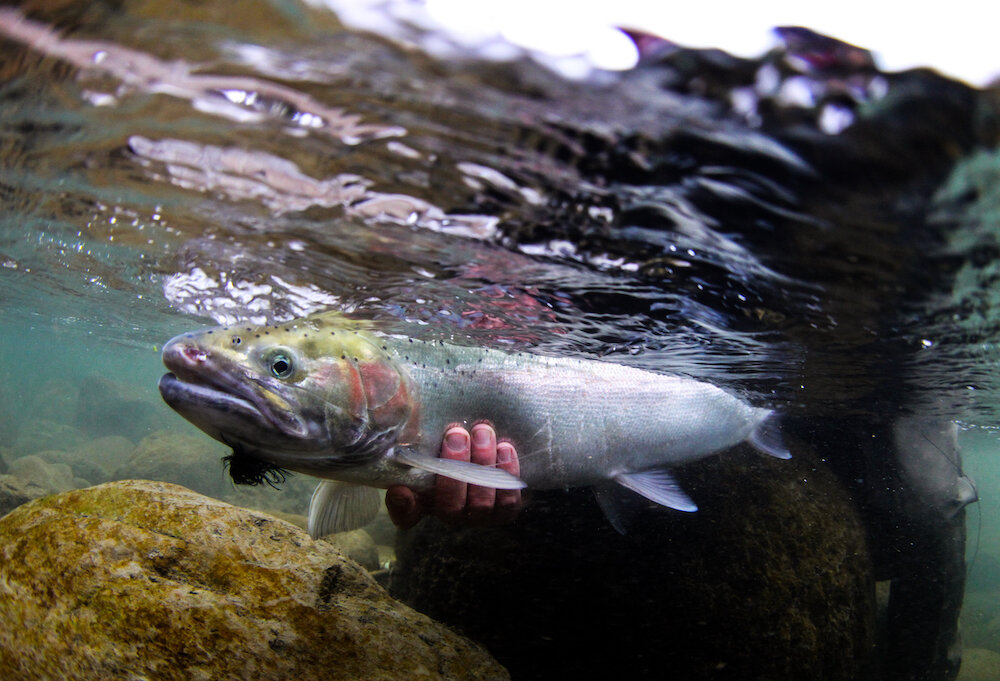
Puget Sound Steelhead Recovery
It is hard to imagine today, but Puget Sound was once the mecca of the steelhead fishing world. At the turn of the 20th Century, it is estimated that 929,700 wild steelhead returned to the waters of Puget Sound every year. The wild steelhead numbers are nothing short of staggering – 169,0000 in the Nooksack, 149,000 in the Skagit, 100,000 in the Stillaguamish, and 224,000 in the Snohomish. Today, the total for the entire Puget Sound wild steelhead run is estimated at less than 14,000 wild fish per year, roughly 1.5 percent of what the run was 120 years ago.
Between 1990 and the 2007 Endangered Species Act listing, 49 legendary rivers and streams in Puget Sound closed to wild steelhead fishing. These closures played a catalytic role in the creation of the Wild Steelhead Coalition in 2001 and restoring wild steelhead to these iconic waters has been a focus of the organization ever since.
From advocating to designating rivers like the Skagit, Nisqually, and Elwha as wild steelhead gene banks, to restoring habitat, to fighting for more conservation-minded fisheries management, our work in Puget Sound has taken on many shapes and sizes. However, for the last three years, much of our organizational focus in Puget Sound has been the Puget Sound Steelhead Advisory Group (PSSAG), an WDFW-sanctioned advisory group of anglers and conservationists tasked with creating a broadly supported and durable vision for Puget Sound steelhead populations and fisheries.
Over the course of three years, WSC board members serving on PSSAG worked with the group to address the root causes of previous conflicts and provide high-quality recommendations for improved management of Puget Sound steelhead. Recently, PSSAG released their report “Quicksilver: Restoring Puget Sound Steelhead & Fisheries”, which includes a portfolio of recommendations that provide a new strategic framework to both recover Puget Sound’s dangerously low populations of wild steelhead and also establish guidelines for sustainable angling opportunities where they are possible.
As anyone who has spent time following Washington fisheries policy knows, this dual mandate is a high-wire balancing act between science, politics, tradition, and industry. However, there is great urgency to this work as Puget Sound wild steelhead continue to trend extinction, with many runs in many river systems hovering near extinction tipping points.
After decades of failed attempts to protect wild steelhead, our generation simply must make the effort, sacrifices and difficult decisions needed to restore these populations and the watersheds they depend upon to thrive. There is no time left, and we cannot allow wild Puget Sound steelhead to finally slip away on our watch.
We believe the PSSAG Quicksilver recommendations, which are now being reviewed by state resource managers and tribal co-managers, represent the most realistic opportunity for steelhead recovery in Puget Sound. You can learn more about the Quicksilver report and our thoughts on how PSSAG’s recommendations could best be implemented in the coming years here. And you can also learn about the past, present, and future of Puget Sound in our Steelhead Country campaign.
